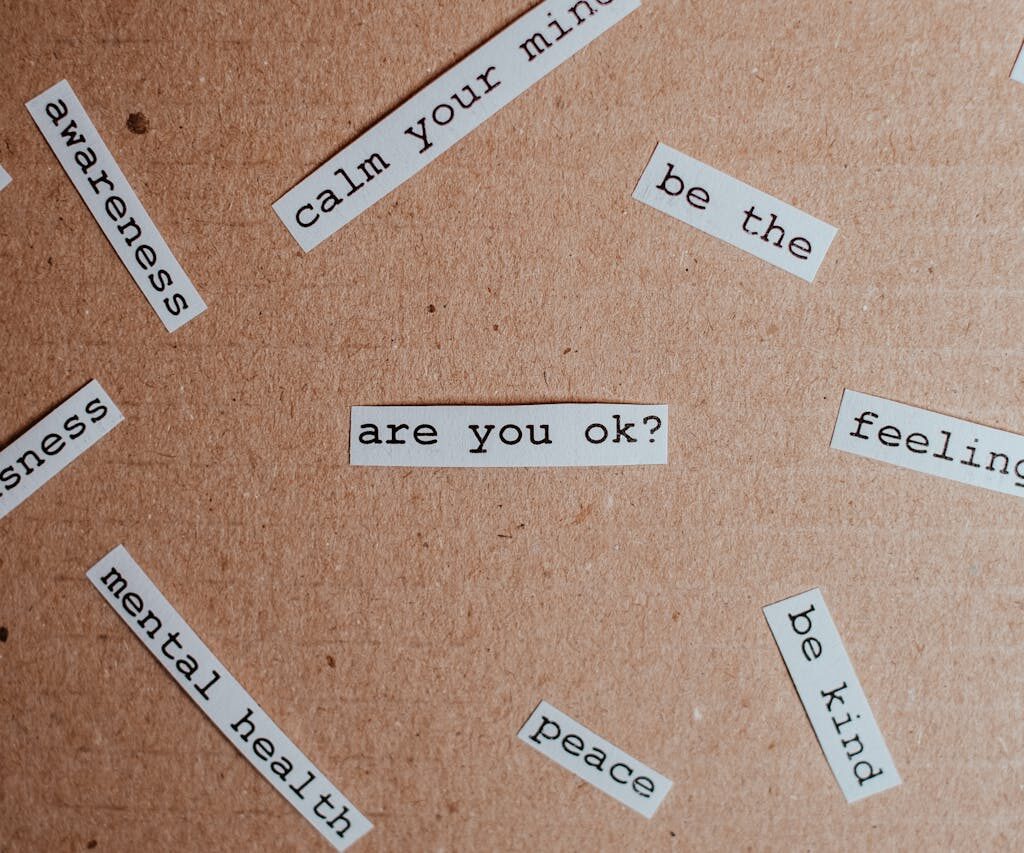To support someone with bipolar disorder, it’s important to have a thorough understanding of the condition. Understanding what bipolar disorder is and its symptoms can make it easier to provide adequate support for an individual with the condition and those close to them.
Keep reading to learn about how to support someone with bipolar disorder.
Understanding Bipolar Disorder
Bipolar disorder is often misunderstood as a condition that simply makes people moody. While shifting moods are part of bipolar disorder, those with the condition experience extreme mood swings with severe symptoms for a prolonged period. Similarly, these mood shifts cause notable changes in behavior, energy, activity levels, and ability to function.
People with bipolar disorder experience shifts in mood across a spectrum. Mania is on one end, and depression on the other. These mood changes can last from several days to weeks and are called mood episodes. Mania/hypomania is characterized by a predominant feeling of elation and euphoria, or feeling “wired”. On the other hand, depressive episodes cause an individual to feel numb, emotionless, or hopeless. While mania and depression can be of great concern, people with bipolar disorder experience periods of neutral mood as well.
Experiencing these symptoms of bipolar disorder can happen more or less frequently from person to person. The predominant mood generally determines the type of bipolar disorder one may be diagnosed with. However, factors like frequency and intensity can also affect diagnosis.
How to Support Someone with Bipolar Disorder
With an understanding of what those with bipolar disorder experience, knowing its symptoms can also make it easier to provide adequate support for those with the condition. While manic episodes can make an individual appear to be in a good mood, their other symptoms can wreak havoc on their overall well-being, whether it affects relationships or general health. The American Psychiatric Association describes some symptoms of mania as having a decreased need for sleep, increased or faster speech, uncontrollable racing thoughts, increased activity, and increased risky or impulsive behavior. On the other hand, depressive symptoms in bipolar disorder can include having feelings of worthlessness or guilt, fatigue, changes in sleep and appetite, difficulty concentrating, and thoughts of death or suicide.
These symptoms can be challenging to spot in someone with bipolar disorder, to those unfamiliar. Sometimes, individuals experiencing these symptoms may not even be aware of their behavior. Aside from experiencing negative symptoms of the condition, some people with bipolar disorder may struggle with the diagnosis itself. It can be distressing to live with symptoms of bipolar disorder; however, having an understanding of these experiences and knowing how bipolar disorder affects those with the condition can be an effective way to provide adequate support.
As Mind.org suggests, a website dedicated to mental health awareness, being open to someone with bipolar disorder’s experiences can help them feel more supported and accepted. This can look like asking questions about their experiences or feelings, or letting them know you want to learn more about what they’re going through.
Similarly, learning someone with bipolar disorder’s warning signs or triggers for a mood episode can help better manage them. This can include talking to them about their warning signs and notifying them of any behaviors that usually happen before an episode. Doing this can help both the individual and their support system have a greater understanding of how bipolar disorder affects them, allowing the individual to get the help they need to manage their symptoms.
Resources for Support and Treatment of Bipolar Disorder
While supporting someone with bipolar disorder includes understanding the condition and having open conversations about their experiences, psychiatric treatment plays a vital role in managing bipolar disorder. Talking to your doctor about your symptoms can help you find the best solution for you, including the kind of medication to take. Some of the medications that people with bipolar disorder take include mood stabilizers, antipsychotics, and antidepressants. These medications can help improve various symptoms of bipolar disorder, such as psychosis, depression, and manic episodes.
Another effective treatment in conjunction with medication is therapy. Mayo Clinic suggests that several types of therapy can help those with bipolar disorder. Some include cognitive behavioral therapy (CBT) or interpersonal and social rhythm therapy. Both of these types of therapy focus on centering the individual through routine and identifying negative beliefs and behaviors.
Conclusion
Bipolar disorder is a condition that involves extreme mood swings that can last days or weeks. Its symptoms can vary in severity. It is more than just being moody, as many people may misunderstand. Its symptoms can cause a drastic shift in behavior, activity levels, energy, and ability to function. Supporting someone with bipolar disorder involves a thorough understanding of these symptoms, along with having open communication about their experiences. Similarly, medication and therapy are vital to help manage symptoms.
Interested in reading more about mental health and neurodiversity? Keep reading at Ferry Godmother Productions.


I saw this link on Bluesky. It’s actually a pretty good primer for people unfamiliar with bipolar (or misled by societal myth.)
I will keep this link in my Notes to use in appropriate posts in the future.
Thank you
Love, Ree
loveree.bsky.social
Thank you. I appreciate you stopping by. All the magic, Ferry Godmother